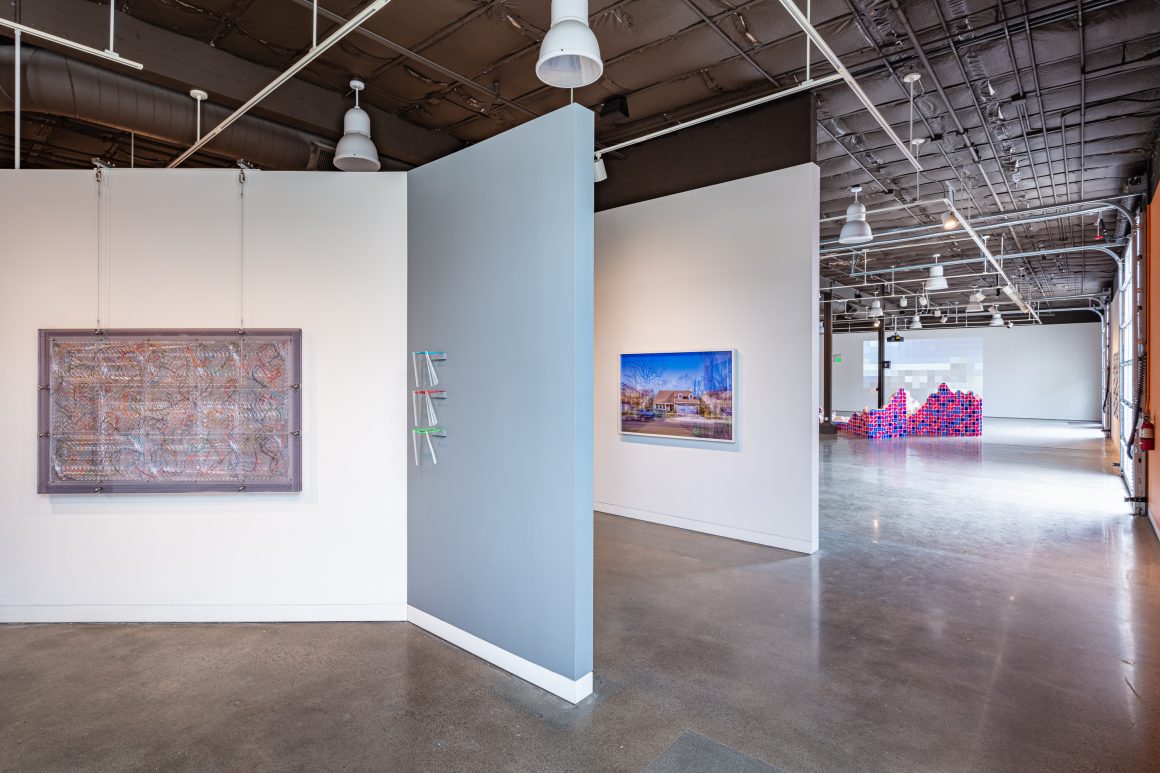As someone who recently moved to Irvine from California’s Laguna Beach, freelance journalist Liz Goldner often feels as though she is driving through a village existing only in the imagination. She marvels at Irvine’s perfection. It is a city where the bushes and trees are trimmed to nigh-flawless states, while tract housing units appear uniform. The art professor at the University of California, Irvine, plus designer and artist Jesse Colin Jackson has recognized that suburban sameness. Jackson has photographed several of the contemporary residences in the city for his ‘Villages of Irvine’ series.
Irvine City’s Community Services Senior Leader Adam Sabolick is the curator for the series, which is involved in Jackson’s ‘Suburban Ecologies’ exhibition. The lockdown kept visitors from seeing the exhibition in-person, but a digital video tour and personal tour option are available.
Northwood, Turtle Rock, Stonegate, Woodbridge, and University Park are the five areas in Irvine that inspired the aforesaid series. Jackson went to those areas several times in the past. His objective was to pinpoint the structures in every single of those areas with comparable design features that are somewhat different from one another. Or, as per Jackson’s explanation, less distinct is each building, which is subtly mirrored, changed, plus finished in manners that keep predictability while causing it tough to pinpoint copies.
Jackson ultimately made seven composite photographs, with six residences, including one of Turtle Rock’s big planters. Every single one of those photographs comprises eight images overlaid with digital tools. Each consequent 36 by 54-inch photo produced through inkjet printing reveals the similar features of those structures. Meanwhile, the slight variations of those photos, enhanced through digital manipulation, produce glistening works of art that evoke the light depiction and brushstrokes of French Impressionist painters. The variations also bring to mind the painted works of Oscar-Claude Monet.
As for Jackson, those composite photographs collapse the simulations of Irvine into glimmering compositions that bespeak a quality attributed to the city specifically and its suburbia in more general terms. That is a quality of being placeless due to repetition, in which not just the impression but also what precedes it are identical.
As the series further shows, Jackson uses his expertise in film, photography, and Photoshop. He belongs to the generation of Americans born in the late 1970’s. They were the first to learn the way of using computers as a necessary aspect of daily life. Anyhow, they had to not just build computers from scratch but also fix those through basic principles, Jackson said. Jackson learned photography in the conventional darkroom, but he became fully established through digital tools.
With his technical expertise and artistry, Jackson turns classic architecture in Irvine into photographs with sublime artistic grandeur.
His ‘Orange Coast’ series comprises digitally overlaid panoramas of the shores and their surroundings in Newport Beach, Seal Beach, Dana Point, Huntington Beach, Laguna Beach, and San Clemente. The six consequent 30 by 90-inch photographs, focused on the horizon of the water, light up the sea, sand, birdwatchers, and surfers, alongside regional views including the Seal Beach Pier and Huntington Beach Pier.
When seen through the multi-layered lens, the sea seems like it churns like it would in the course of a storm. The series shows a mystically sweeping view of the sea meeting sand and sky, bringing to mind the passion and romance of Irvine’s shorelines.
The artist shows his architectural expertise in making ‘Marching Cubes Watershed #2: Santa Ana’. That installation comprises thousands of 3D-printed plastic parts, with magnets attached to those. It shows the surface forms of OC and areas beyond it as those progress inland from California’s Santa Ana River.
The river was the source of water for the orange groves in OC, like the groves at the county’s Irvine Ranch, said Jackson. The river water flows from the peaks of Southern California to its present man-made outlet at Newport Beach’s and Huntington Beach’s border. Jackson’s work includes Mount San Gorgonio, Saddleback Mountain, San Jacinto Mountain, and Mount Baldy.
Jackson’s low-slung sculpture’s beauty is that light filters through it, evoking the old Light and Space art movement from Southern California. In this immersive style, many different materials are used for installations and sculptures that reflect the splendid light in the southland.
A different series in Jackson’s show comprises two pixilated videos on walls facing each other in the main room of the Great Park Gallery in Irvine. Those films available online show a bicycling/hiking trip of Jackson and Nicholas Bradley from the river mouth to the summit of Mount San Gorgonio.
For the videos, the two photographed the foliage, people and terrain in the trip with cameras mounted on their bodies. Jackson deleted breaks and almost all of the nocturnal shots to cull those images to turn them into 10,433 frames for each channel.
The first video has dissolving figuration, and it evokes the effect of natural light on the water that flows or the movement appearance in impressionist-style paintings. The other film comprises big squares with multiple colors, and it complements Jackson’s sculpture.
Suburban Ecologies has borrowed components, complex juxtapositions and repeated motifs, plus it combines sophisticated art with daily life pictures. Therefore, you can say that it shows postmodernism aspects. The installation is transcendent, and it comes from a talent who works instinctively with the latest methods and digital technology.
